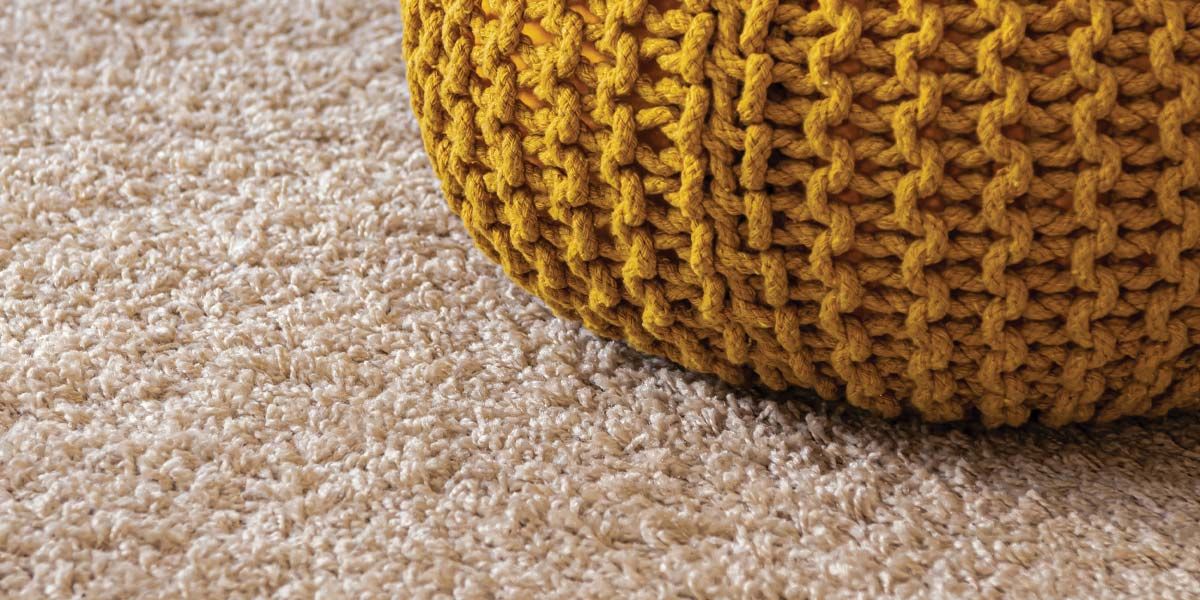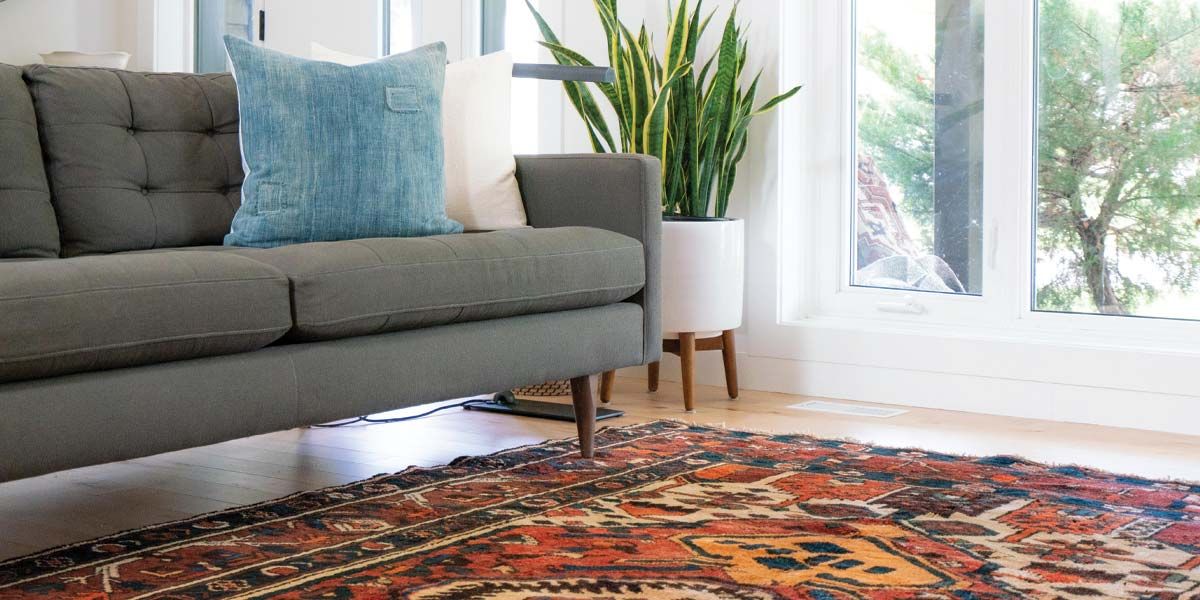The Tile Timeline: When and How Often to Clean Your Surfaces
The Tile Timeline: When and How Often to Clean Your Surfaces

Dive into a compelling journey that unravels the secrets of tiled surfaces, as we illuminate the true lifespan of your cherished floors and walls. Recognize why timing isn’t just the essence but the heart of a pristine tile setting. Encounter the silent culprits – the common tile pollutants that threaten to mar your beautiful space. By the end, armed with the best strategies for routine and profound tile care, you’ll not only comprehend but truly cherish every square inch of your tiled sanctuary. Experience this transformative knowledge and elevate the life and luster of your tiles.
Understanding the Lifespan of Tile Surfaces
Understanding the Lifespan of Tile Surfaces involves understanding both the structure and composition of the tile as well as the environment it is placed in. Tile surfaces are either glazed ceramic or porcelain tiles, both of which have different durability and lifespan characteristics. Porcelain tiles are denser and tougher with a high resistance to moisture and staining due to the glaze that encases them. Ceramic tiles are somewhat less durable and tend to be more porous, requiring regular cleaning and sealing to prevent staining.
Moreover, the environment the tile is used in will also affect its lifespan. If the tile is placed in a wet area such as a shower or kitchen counter, it will wear down faster due to corrosion from water. In addition, high-traffic environments such as hallways and entryways will require more frequent cleaning and can reduce the life of the tile over time as dirt and debris add up.
For instance, chemicals and mechanical cleaning products can also wear down the glazing on tile surfaces, reducing their lifespan. Similarly, oil spills or other combustible substances can stain the tile if not addressed quickly. Therefore, it is important to regularly assess tile surfaces for both trapped dirt and possible staining on the glaze.
In contrast, tiles placed in areas with minimal traffic such as the walls of a bathroom, have a much longer lifespan since dirt and chemicals are less likely to be exposed consistently. Consequently, understanding the environmental factors that contribute to the lifespan of tile surfaces is essential in order to maintain their integrity over time.
Frequency Matters: Setting a Tile Cleaning Schedule
Frequency Matters: Setting a Tile Cleaning Schedule is an important task for any homeowner. It is especially true in the case of homes with tile floors, whether installed in the bathroom, kitchen, or elsewhere. Regular tile cleaning is essential in order to both maintain the aesthetic value of the floor and protect against germs. Moreover, different tiles require different cleaning schedules, depending on the material of the tile and the type of foot traffic it experiences.
On the other hand, porous tiles, such as natural stone, need to be cleaned and sealed more often than some other types. Natural stone is particularly vulnerable to dirt and grime, and so should be cleaned regularly with a suitable tile cleaner. Furthermore, grout lines – which are especially vulnerable to accumulations of moisture and dirt – should also be cleaned frequently.
In contrast, certain sealed tiles – such as ceramic or porcelain – may require less frequent cleaning schedules. Carpeted tiles may need even less maintenance because they can gather dirt and dust without leaving much of a visible residue. As a result, it is important to remember that frequency matters when cleaning tiles, but that the extent of cleaning is varying depending on the tile material and type.
Consequently, to get the most out of your tile cleaning, it is important to first determine the type of tile present in the home and the amount of foot traffic it experiences. From there, determine a suitable cleaning schedule so as to protect the tile against dirt and grime, and maintain the aesthetic of the floor.
Common Tile Pollutants and Their Impact
Tile can be found in many homes throughout the world, often being used in kitchens, bathrooms, and on floors. These tiles can, however, become polluted by various substances, ranging from dirt and grime, to sneezes and coughs, to dust and allergens. This pollution can have a major impact on the living environment and the physical and mental health of those living in it.
In contrast, dirt, grime, and dust not only makes tiles look dull and dirty, but also can contain dangerous substances which have been linked to respiratory diseases, sinuses, and allergies. Similarly, sneezes and coughs can spread germs that can be especially dangerous for those already suffering from a weakened immune system. Furthermore, these germs can linger in the air for a significant amount of time and potentially be re-released into the environment, worsening the living conditions.
On the other hand, this health risk can be prevented by using tile cleaning products which will remove potential pollutants and allergens from the surface of the tile. These are often available in a wide range of concentrations, making it easy to adjust the strength of the cleaning solution to suite particular needs. Moreover, this cleaning technique can be a regular activity to ensure the continued safety of the environment.
In addition, it is important to note that tile cleaning products can contain harmful and hazardous ingredients of their own, so it is important to wear protective clothes and gloves when applying the solution. As a result, proper safety precautions must be taken when cleaning tile to make sure that the safety of the user is not compromised.
Consequently, the impact of tile pollutants cannot be underestimated, and appropriate action must be taken to ensure the environment remains safe and healthy. Regular cleaning of tiles is an effective way to reduce potential pollutants and allergens, but safety must be taken into account when completing the cleaning.
Best Practices for Routine and Deep Tile Cleaning
Routine and deep tile cleaning are essential practices to maintain the appearance and hygiene of tiles. However, they are methods that require precision for best results. The best practices for routine and deep tile cleaning include cleaning regularly, understanding the kind of tiles used, using the correct cleaning materials, and monitoring the tiles for any damage or dirt build up.
Regular cleaning is important because it prevents dirt from accumulating and makes it easier to clean. Moreover, light cleaning should be done with warm water and a PH neutral cleaning agent. PH neutral cleaning agents are gentle and ensure that the tiles are not damaged in the process of cleaning. In addition, if there are any spills on the tiles, they should be cleaned immediately to avoid staining.
On the other hand, deep cleaning should only be done after the tiles have been maintained with regular cleaning. Furthermore, while deep cleaning, it is important to use the right products and tools. For instance, for tiles that are too delicate, a diluted mixture of vinegar and water should be avoided and a gentle yet highly effective cleaning agent should be used. Similarly, the use of an electric scrubbing machine with soft-bristle brush to scrub out dirt is recommended instead of scrubbing the tiles with a cloth.
Lastly, the tiles should be monitored regularly for any damage or dirt build up.
As a result, the tiles can be kept in the best possible condition and cleaning deep will become a lesser occurrence. Consequently, this will make it easier to maintain and keep the tiles looking and feeling new for a longer time.
Let Your Tile Shine
Understanding the lifespan of tile surfaces, setting a proper tile cleaning schedule, common tile pollutants and their impact, and learning best practices for routine and deep tile cleaning all greatly contribute to preserving tile surfaces. Depending on the type of tile surface, its location, and the amount of traffic, normal cleaning can be done 1-2 times a week with a deep cleaning every 1-3 months. It is important to understand the different kinds of pollutants that can make their way into the surface of the tile, as each has its own unique effect on tile. Routinely cleaning tile surfaces to prevent dirt, mold and mildew buildup and understanding the appropriate products to use will help prevent major damage and staining. Overall, it is important to follow a regular schedule to effectively clean tile surfaces. Call us today to make Safari apart of your regular tile cleaning schedule!
FAQ
How often should I clean my bathroom tiles compared to kitchen tiles?
While both areas are prone to moisture and spills, bathroom tiles are often exposed to more humidity and soap scum. It’s recommended to clean bathroom tiles at least once a week and kitchen tiles every two weeks. However, always attend to spills or stains immediately, regardless of the room.
What’s the difference between routine cleaning and deep cleaning for tiles?
Routine cleaning involves regular maintenance like sweeping, dusting, and quick wiping, typically done weekly. Deep cleaning, on the other hand, entails thorough washing, scrubbing, and sometimes even resealing the grout. This is recommended every 6-12 months, depending on the tile’s location and usage.
Are there signs that my tiles need immediate attention or cleaning?
Absolutely! Discoloration, mold or mildew growth, a sticky or slippery feel, and an unpleasant odor are all signs that your tiles require immediate cleaning. Prolonged neglect can lead to permanent staining or damage.
Can over-cleaning or using harsh chemicals damage my tiles?
Yes. Over-cleaning, especially with abrasive tools or strong chemicals, can wear out the tile surface and erode the grout. It’s essential to use tile-specific or pH-neutral cleaners and follow the manufacturer’s care recommendations.
Call Safari Carpet Cleaning in Bakersfield today for service!





